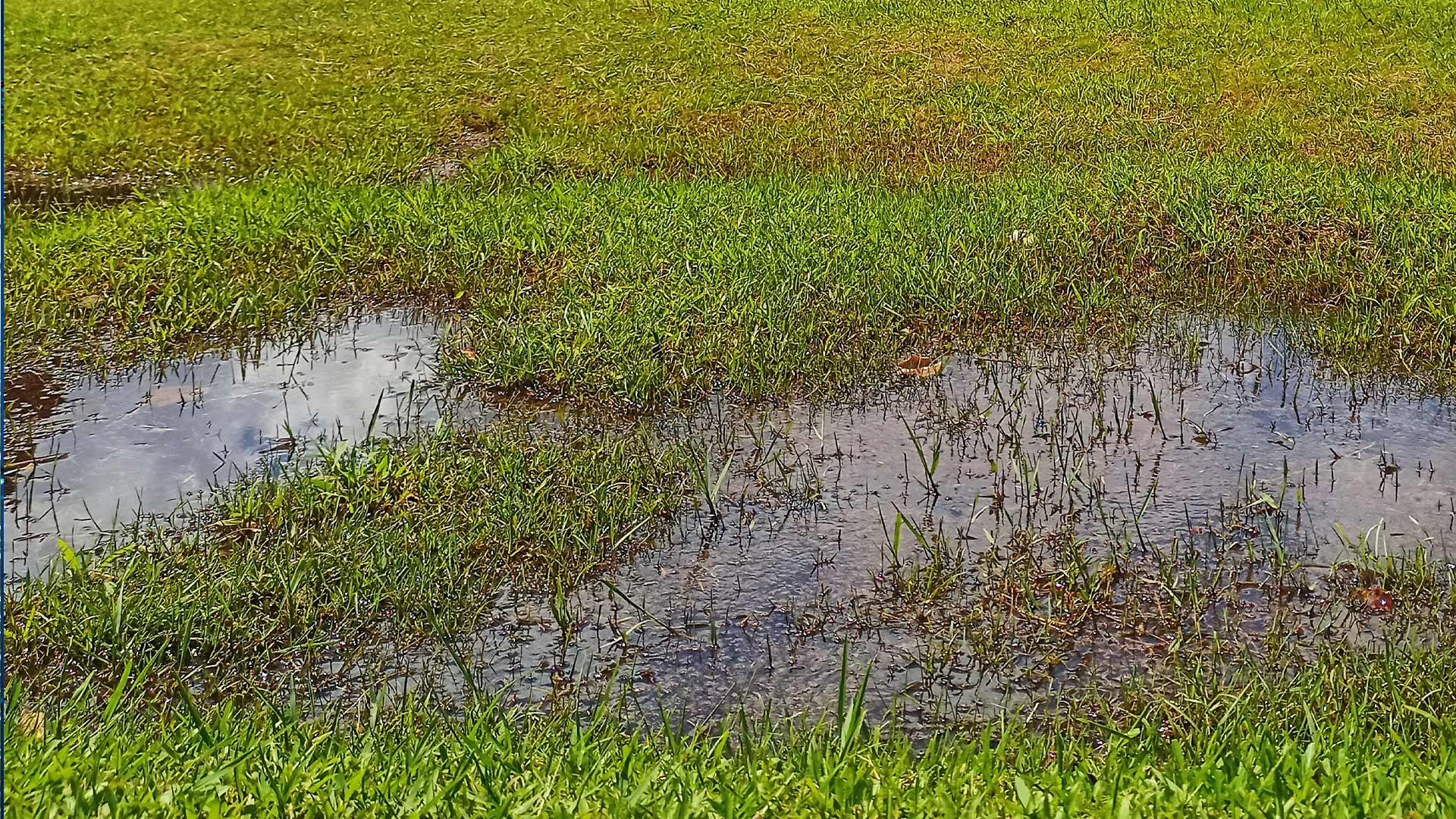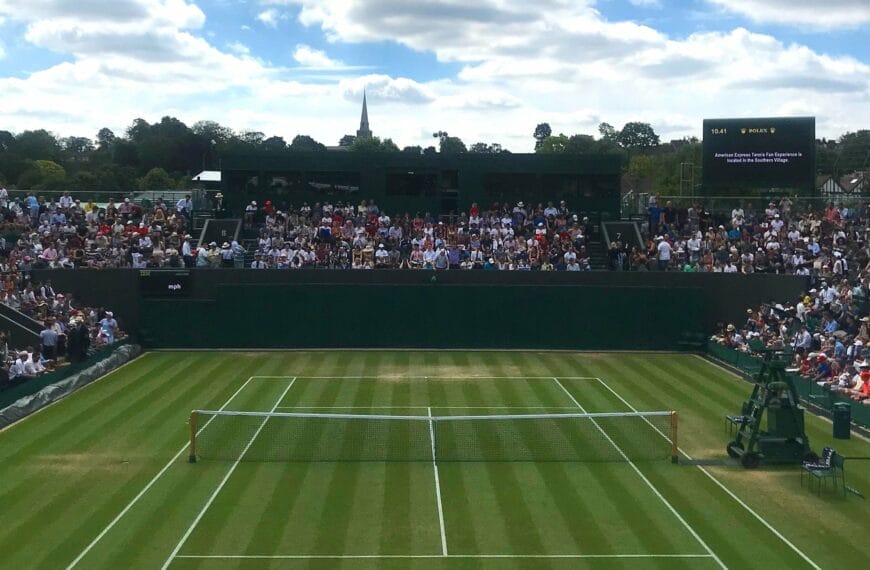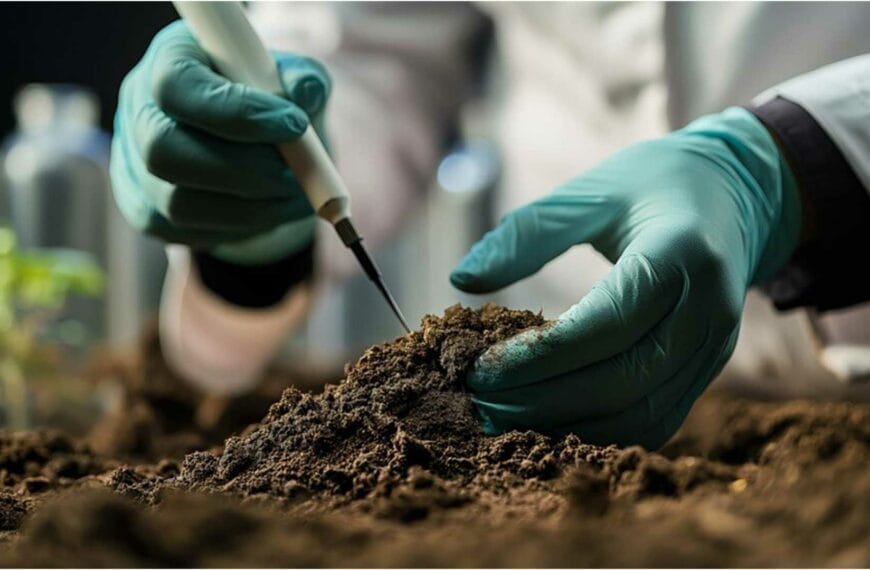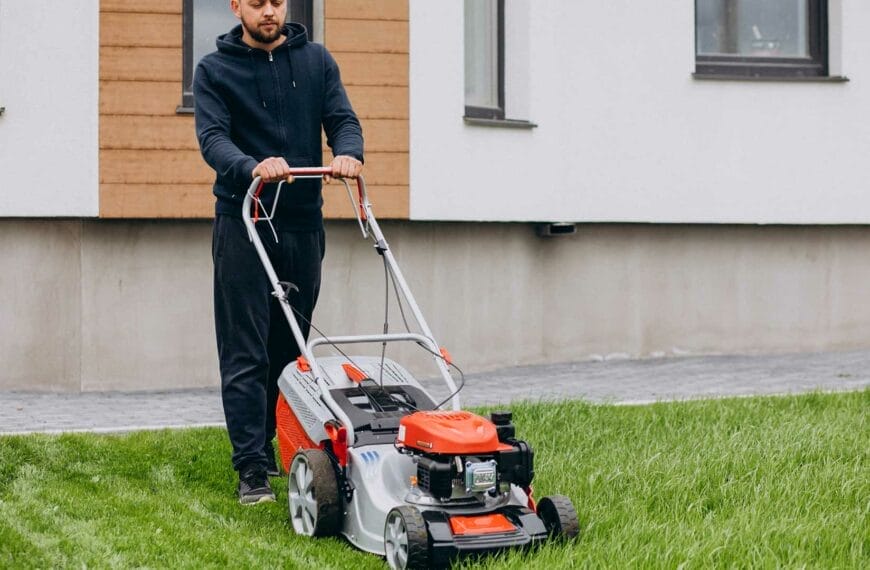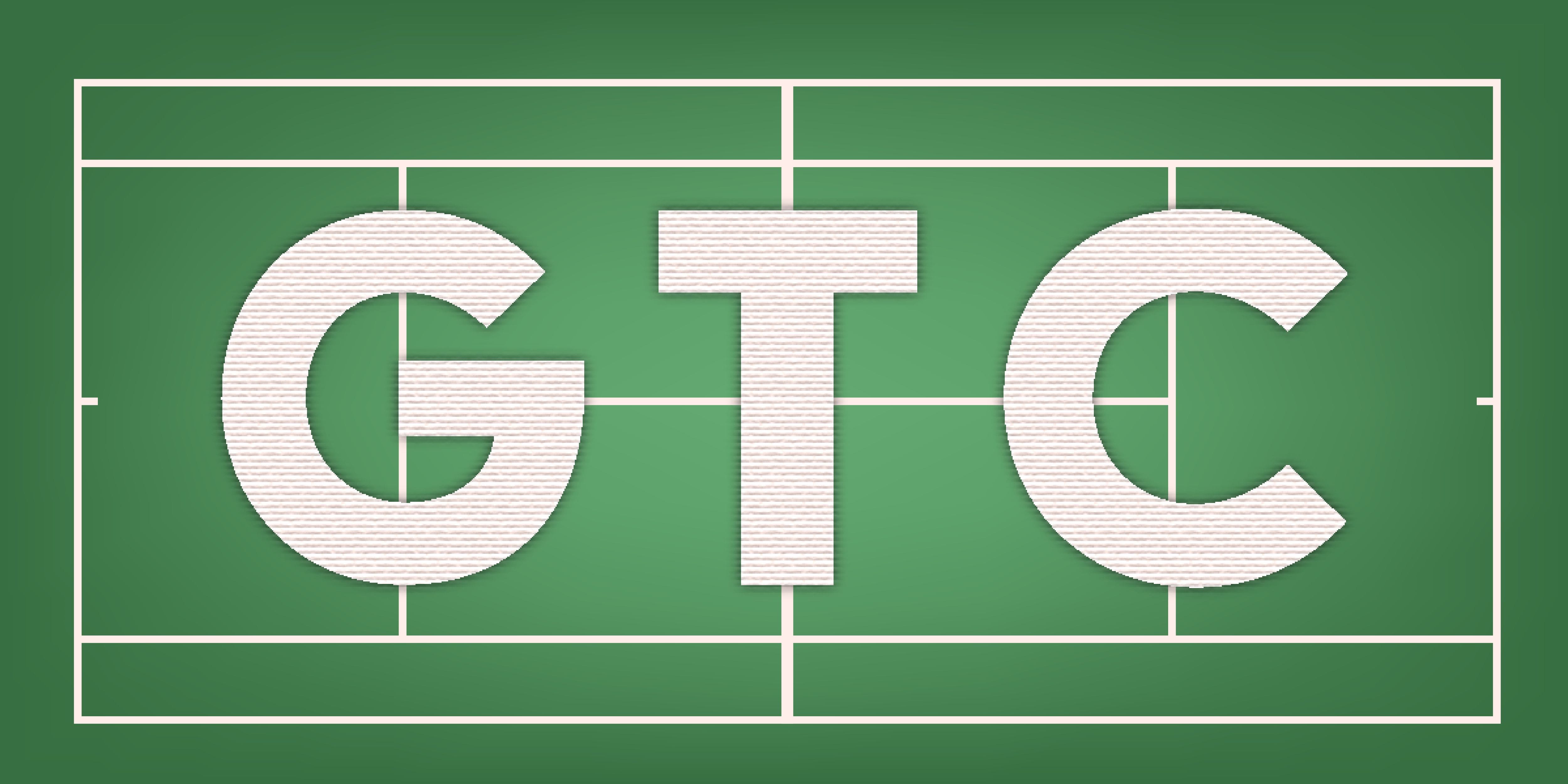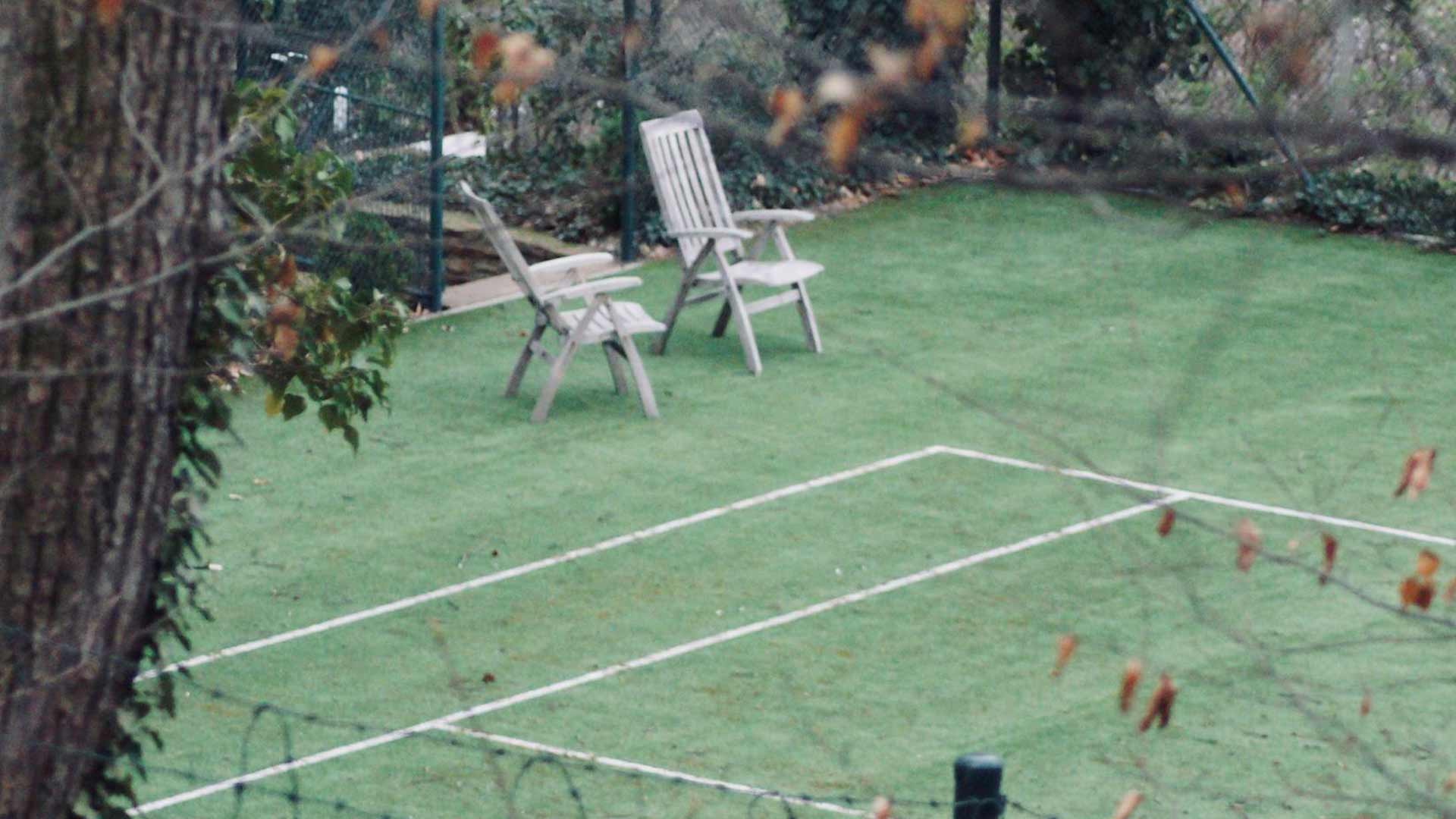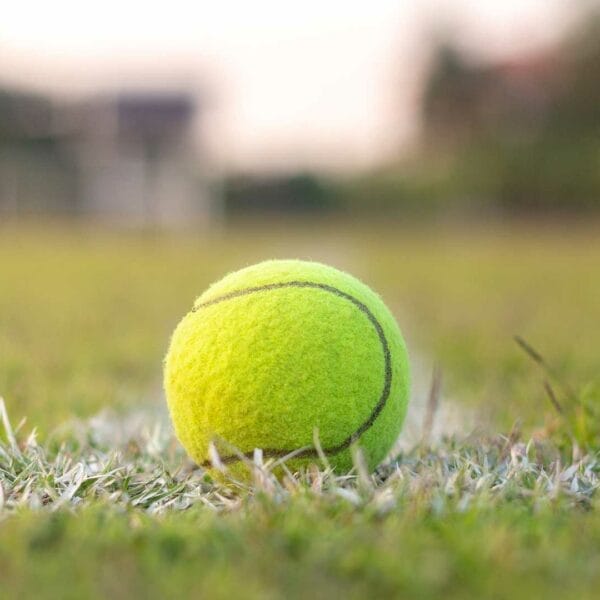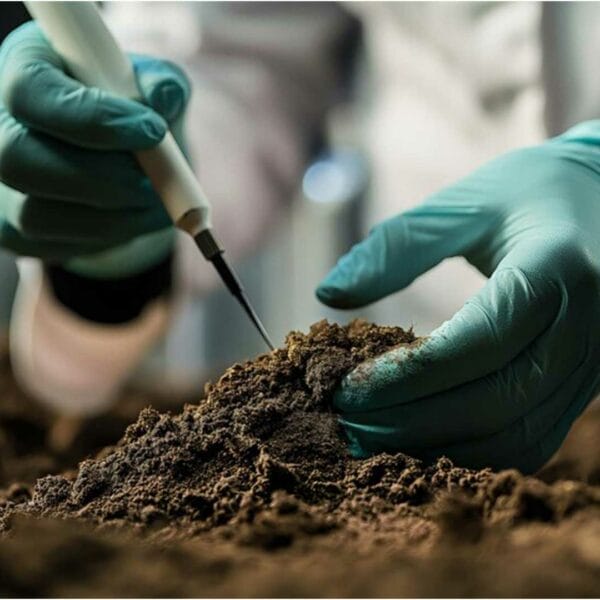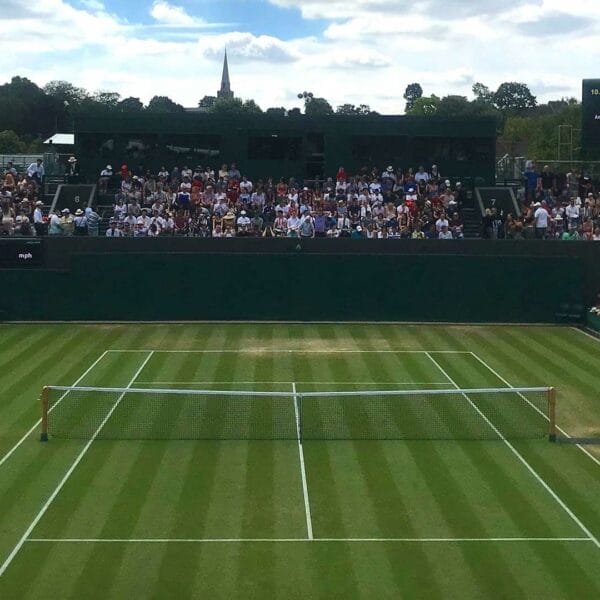The Drowning Court
For groundskeepers and players alike, there are few things more disheartening than a beautiful grass tennis court turning yellow, soft, and unhealthy. While many turf problems stem from neglect or a lack of moisture, a surprisingly common and equally damaging issue is its opposite: overwatering. It’s a classic case of too much of a good thing, and it can quickly turn a pristine playing surface into a breeding ground for disease and decay. At our club, www.grasstennisclub.com, we know that a vigilant eye for the signs of overwatering is just as critical as a diligent watering schedule.
Signs of overwatering include yellowing or wilting grass, excessive thatch buildup, and water pooling on the surface. Overwatering can lead to root rot and fungal diseases, so it’s essential to monitor soil moisture and adjust irrigation accordingly. This is a critical lesson in balance. The goal isn’t just to keep the grass alive; it’s to provide the precise amount of water needed for it to thrive, without risking the many dangers that come with a waterlogged court.
The Silent Damage: What Overwatering Does to Your Court
You might think that a soggy court is just a temporary inconvenience, but the damage from overwatering is happening below the surface, where it can be most destructive.
- Root Suffocation: The most significant problem is a lack of oxygen. Grass roots, like all living things, need to breathe. When the soil is saturated with water, it displaces the air that the roots need. This leads to weak, shallow roots that can’t support the grass blade, making the turf brittle and unable to handle the rigors of play.
- Root Rot and Fungal Diseases: A waterlogged, oxygen-deprived environment is the perfect breeding ground for fungal diseases. Fungi like Pythium and Phytophthora thrive in these conditions, attacking the weakened roots and causing a condition known as “root rot.” The result is patches of brown, dead grass that can spread quickly across the court.
- Soil Compaction: While rolling is done to achieve a desired level of firmness, overwatering can cause a different, more damaging kind of compaction. When the soil is constantly wet, it becomes soft and malleable. Foot traffic on this surface squeezes the soil particles together, leading to severe compaction that chokes the roots and prevents future water and nutrient absorption.
- Nutrient Leaching: Constantly saturated soil can cause essential nutrients, particularly nitrogen, to be washed out of the root zone. This nutrient deficiency can lead to a yellowing of the grass, further weakening the turf.
In short, a court that is too wet becomes a court that is unhealthy from the ground up, compromising its playability and threatening its very existence.
The Warning Signs: How to Spot an Overwatered Court
Our grounds team at www.grasstennisclub.com knows that early detection is key to reversing the effects of overwatering. There are several clear signs that a court is getting too much water.
- Yellowing or Wilting Grass: This is often the first and most visible sign. You might be surprised that both overwatering and underwatering can cause yellowing, but the root cause is different. In overwatering, the yellowing is a sign of root suffocation and a lack of nutrients. The grass may also look wilted or limp, as the weakened roots can’t support the blades.
- Water Pooling on the Surface: This is a clear indicator that the court’s drainage system is overwhelmed. While a temporary puddle after a heavy rain is normal, if water remains on the surface for hours after a light watering, it’s a sign of a deeper drainage problem, likely caused or exacerbated by overwatering.
- Excessive Thatch Buildup: A soggy court is a perfect environment for thatch—a layer of dead and living organic matter—to build up. When the soil is too wet, the microbes that naturally break down thatch can’t do their job, leading to a thick, spongy layer that can cause poor ball bounce and harbor pests.
- A “Spongy” Feel: A healthy grass court should feel firm underfoot. If the court feels soft, squishy, or spongy, it’s a sign that the soil is oversaturated. This spongy feeling is not only a warning sign of overwatering but also a potential hazard for players.
For a more comprehensive look at the signs of overwatering, this guide from the University of Minnesota Extension provides detailed descriptions and photos of common turf problems: Is it too much or too little water?.
The Solution: A Smarter Approach to Watering
Reversing the effects of overwatering and establishing a healthier watering schedule requires a strategic approach.
- Stop Watering: The first and most immediate action is to turn off the water. Allow the court to dry out for a period. This gives the roots a chance to breathe and the soil a chance to recover.
- Monitor Soil Moisture: Don’t rely on guesswork. Our grounds team uses a soil probe or moisture meter to check the moisture level deep within the soil. The goal is to water only when the deeper soil is starting to dry out, encouraging the roots to grow down in search of water.
- Water Deeply and Infrequently: This is the golden rule of watering. Instead of light, daily watering, the court should be watered deeply a few times a week. This promotes a deep, healthy root system that is more resilient to stress and less susceptible to the problems caused by overwatering. This article from Purdue University provides an excellent overview of the benefits of deep watering: Watering Lawns.
- Aerate to Improve Drainage: If the court has been overwatered for a long period, aeration is the single most effective way to reverse the damage. As we’ve discussed in previous blogs, aeration creates channels for air and water to penetrate the compacted soil, revitalizing the root system and improving drainage.
- Address Underlying Issues: If the court is consistently holding too much water, there may be an underlying drainage problem. This could be a compacted soil layer, an improper court base, or a heavy clay content. In these cases, a more extensive soil amendment or drainage project may be necessary to correct the issue for the long term.
The Payoff: A Court that Breathes and Thrives
The commitment to a responsible watering schedule is a core principle of our club’s turf management philosophy. It’s about providing the grass with what it needs to perform, without smothering it with excess. This attention to detail is what allows our courts to not only survive the playing season but to remain healthy, resilient, and beautiful year after year.
A properly watered court is a joy to play on. It provides a consistent, true bounce, a firm footing, and a visual appeal that is second to none. The battle against overwatering is a constant one, but by recognizing the signs and taking a proactive, educated approach to irrigation, we ensure that our courts at www.grasstennisclub.com remain the championship-level surfaces our members expect. It’s a testament to the fact that on a grass court, a groundskeeper’s most powerful tool is often their knowledge, not their hose.

